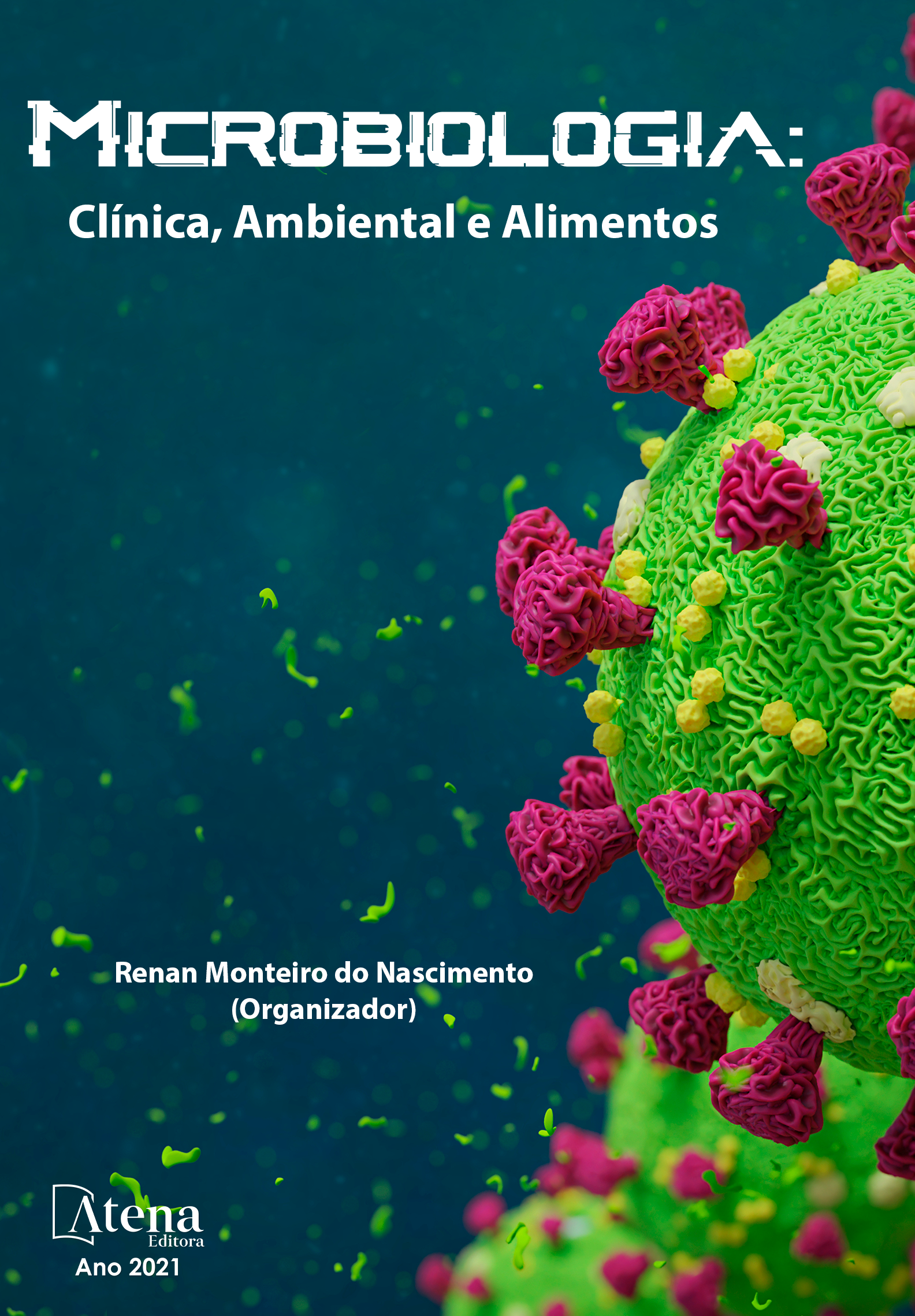
CUSTOS DO TRATAMENTO ANTIMICROBIANO DE PACIENTES INFECTADOS E NÃO INFECTADOS POR MICRORGANISMOS MULTIRRESISTENTES
Esta pesquisa investigou o custo dos antimicrobianos utilizados no tratamento de pacientes infectados e não infectados por Microrganismos Multirresistentes (MOMR) na Unidade de Terapia Intensiva (UTI) de um hospital público. Trata-se de estudo transversal, analítico, retrospectivo e prospectivo, comparativo, de caso controle, que investigou pacientes internados no período de janeiro a dezembro de 2018, no Hospital Regional da Asa Norte - Brasília-DF, com infecção e sem infecção por microrganismos multiresistentes. O número total de pacientes internados na UTI foi 142, e a amostra foi de 40,9% (n=58), estratificados em 75,9% (n=44) de pacientes infectados por MOMR em uso de antimicrobianos e 24,1% (n=14) de pacientes em uso de antimicrobianos e infectados por microrganismos não compatível com multirresistência (N-MOMR). Não foram encontradas diferenças significativas entre idade, sexo, tempo de internação e desfecho clínico entre os grupos. Houve, entretanto, uma maior incidência de óbitos em pacientes infectados por N-MOMR, quando comparado a pacientes infectados por MOMR. O tratamento antimicrobiano de todos os pacientes da amostra resultou em US$ 93.372,5, sendo que o grupo de pacientes infectados por MOMR tiveram um custo estatisticamente significante, comparado aos pacientes que não apresentaram multirresistência (p=0,015). As classes de medicamentos mais prescritos foram carbapenêmicos, aminoglicosídeos, polimixinas, antifúngicos e glicopeptídeos. Entre as prescrições antibióticas encontradas, 63,7% (n=302) correspondiam aos antibióticos de amplo espectro e foram responsáveis pelo gasto de US$ 85.775,61 o que representou 92% do total de gastos com antimicrobianos. Os principais MOMR encontrados na UTI foram: Klebsiella pneumoniae (55,17%), Acinetobacter baumannii (16,09%), Stenotrophomonas maltophilia (6,90%) e Pseudomonas aeruginosa (5,75%). As classes antimicrobianas as quais as bactérias apresentaram maior resistência foram os carbapenêmicos, cefalosporinas de 3ª ou 4°geração e penicilinas inibidoras dos β-lactâmicos. Identificou-se, portanto, um custo estatisticamente mais oneroso no tratamento de pacientes infectados por microrganismos multirresistentes, quando comparado aos pacientes não infectados por essas bactérias.
CUSTOS DO TRATAMENTO ANTIMICROBIANO DE PACIENTES INFECTADOS E NÃO INFECTADOS POR MICRORGANISMOS MULTIRRESISTENTES
-
DOI: 10.22533/at.ed.5432101209
-
Palavras-chave: Antimicrobianos. Custos. Multirresistência.
-
Keywords: Antimicrobials. Costs. Multidrug resistance.
-
Abstract:
This research investigated the cost of antimicrobials used in the treatment of infected and uninfected patients with Multidrug Resistant Microorganisms (MOMR) in the Intensive Care Unit (ICU) of a public hospital. This is a cross-sectional, analytical, retrospective and prospective, comparative, case-control study that investigated patients hospitalized from January to December 2018, at Hospital Regional da Asa Norte - Brasília-DF, with infection and without infection by microorganisms multiresistant. The total number of patients admitted to the ICU was 142, and the sample was 40.9% (n = 58), stratified by 75.9% (n = 44) of patients infected by MOMR using antimicrobials and 24.1 % (n = 14) of patients using antimicrobials and infected with microorganisms not compatible with multidrug resistance (N-MOMR). No significant differences were found between age, sex, length of stay and clinical outcome between groups. However, there was a higher incidence of deaths in patients infected with N-MOMR, when compared to patients infected with MOMR. Antimicrobial treatment for all patients in the sample resulted in US $ 93,372.5, with the group of patients infected by MOMR having a statistically significant cost, compared to patients who did not have multidrug resistance (p = 0.015). The most prescribed classes of drugs were carbapenems, aminoglycosides, polymyxins, antifungals and glycopeptides. Among the antibiotic prescriptions found, 63.7% (n = 302) corresponded to broad-spectrum antibiotics and were responsible for spending US $ 85,775.61, which represented 92% of the total spending on antimicrobials. The main MOMR found in the ICU were: Klebsiella pneumoniae (55.17%), Acinetobacter baumannii (16.09%), Stenotrophomonas maltophilia (6.90%) and Pseudomonas aeruginosa (5.75%). The antimicrobial classes to which the bacteria showed the greatest resistance were carbapenems, 3rd or 4th generation cephalosporins and β-lactam-inhibiting penicillins. Therefore, a statistically more expensive cost was identified in the treatment of patients infected with multidrug-resistant microorganisms, when compared to patients not infected with these bacteria.
-
Número de páginas: 13
- Taylla Rodrigues Chaves
- Paula Campos de Mendonça
- Gislane Ferreira de Melo
- Tarquino Erastides G Sánchez
- Priscilla Cartaxo Pierri Bouchardet
- Noriberto Barbosa da Silva
- Fabiana Xavier Cartaxo Salgado


